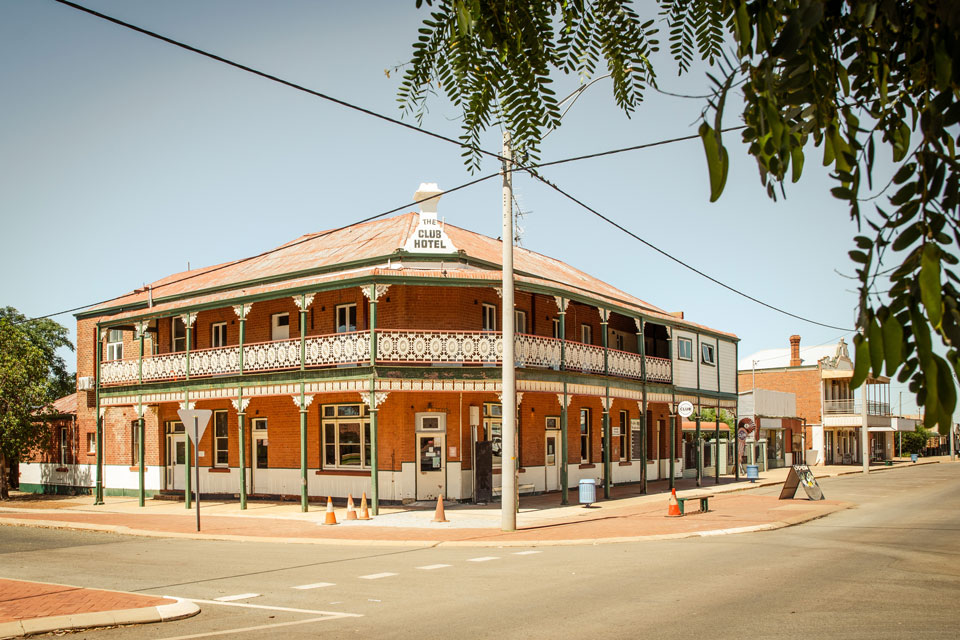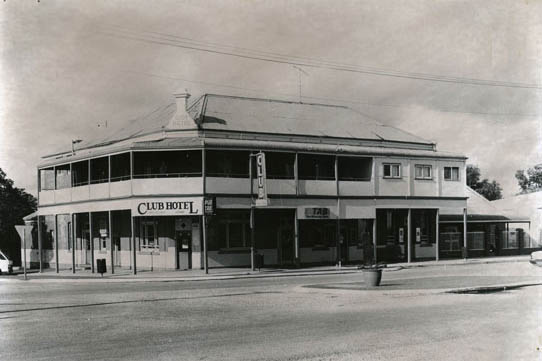

Originally built in 1888 by a syndicate of businessmen, the Club Hotel in Southern Cross, known for its association with Cobb & Co. coaches and the Southern Cross Racing Club, has transformed into a family-friendly destination. Over the years, the hotel underwent several renovations and upgrades to keep up with the bustling times. In 1910, a two-story brick hotel was constructed, equipped with modern amenities like a billiard table, sample room, and hot and cold plunge baths. The hotel remained a prominent establishment in the area, accommodating the needs of both locals and visitors.
In 1924, Alice Maud Kennedy acquired the hotel and made extensive improvements, including the addition of bathrooms, W.C.'s, and a septic system. She was highly regarded in the community for her astute business skills and support of prospectors. The hotel continued to evolve, and in the 1930s, further expansions were made to accommodate the mining boom in the Yilgarn region. Today, as the sole licensed hotel in Southern Cross, it has become a popular destination for travelers, day-trippers, locals, and visitors from around the world.